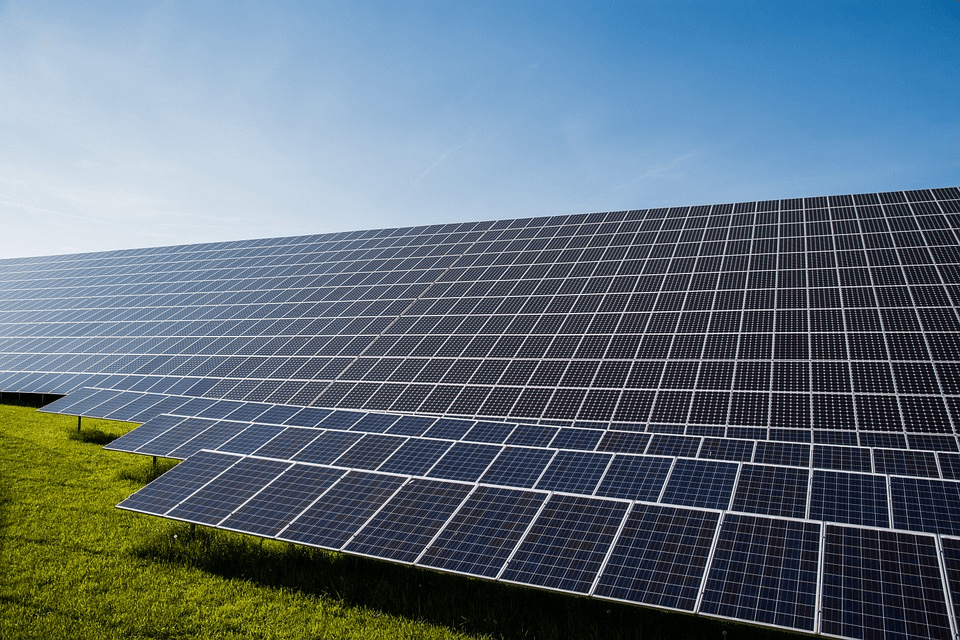Table of Contents
There are a lot of different avenues you can take toward energy efficiency. Some are going to resonate with your business better than they would even a direct competitor. There will be local legal compliance issues in some areas, in others, there won’t be. There could be tax credits in some states for going “green”, but they may not totally offset the transition cost.
Before seeking to be efficient at all, it’s important to determine what thresholds of budget and utility define your business as it stands.
If this isn’t done, a more “energy-efficient” workplace could lose productivity, which reduces the efficacy of your budget, as well as associated profit. Profit losses bring everybody down. As the old saying goes, a rising tide lifts all ships.
Similarly, a retreating tide can leave all boats in the muck. If “going green” pulls the financial rug out from under your business, then you’ll collaterally hurt the environment through cut corners and the like.
When employees lose their jobs owing to downsizing, they’re forced to live “on the cheap”, which usually is not good for the environment.
A big business that has to lay off a bunch of people because its energy costs deflated an entire department has only ephemerally helped the environment.
In the long run, they’ve done more harm. So with that in mind, following we’ll explore a few ways to not only make your business energy efficient but do so in a way that’s also financially efficient.
Make Remote Infrastructure Cost-Effective For You
There was a huge crisis that hit in 2020, and one of the biggest results of that crisis was a transition to non-remote operational infrastructure. BYOD stands for Bring Your Own Device.
BYOD protocols give offices the ability to save hardware costs by allowing employees to simply use their own devices for work. Cloud interface puts everyone on the same page.
So essentially, except for specific things requiring in-person interaction, employees don’t need to be at your work location or workplace to get things done.
With a cloud-floated “desktop” that includes software that is stored on the cloud, not individual devices, each user-owned computer acts as a “portal”—as a result, operating systems, etc. don’t inhibit productivity.
Approximately 25% of all workers in the U.S. are working remotely now. Imagine downsizing 25% of your on-site operational space, and associated energy.
If you were renting 10,000 square feet, you could cut that down, conceivably, to 7,500 square feet. That could mean reducing the floors you rent in an office building, or something like that.
Parking, the energy of vehicles, the cost of hardware and software, space rental, space maintenance, and more can be reduced through remote infrastructure utilizing BYOD, or some similar paradigm allowing for remote work from home. It’s a very energy-efficient way to operate.
Read also: Tips And Tricks To Make Your Online Small Business Successful
“Smart” Lighting Turns Lights Off When People Leave(Best Option for Energy Efficiency)
For the rest of the office, look into “smart” lighting that only keeps the lights on when people are in the area. Other “smart” techniques for office management can similarly preserve energy.
Essentially, IoT (Internet of Things) devices represent a small initial investment that will pay for itself in time. Switch out fluorescent lighting for LEDs that turn off when no one’s there.

Similarly, IoT devices can be put to work managing the environment of a given office. Automated cleaning devices like the Roomba can reduce your need for custodial staff.
Leverage available technology against known needs. There will be an initial investment, but if you keep at it, inside a few years you’ll recoup that investment and operate at a reduced cost more efficiently such that not only is your business more environmentally friendly, it has a more effective budget as well.
Reduce General Electricity Costs for Energy Efficiency
At the following link, you can explore the electricity rate of varying energy providers in Texas. Finding sites like this if you’re not in Texas can be quite helpful.
You may be surprised to find that there are many more cost-effective options out there than whatever default solutions have been used by a given company for years.
For some businesses, what makes sense is going the “green” route. For others, it makes more sense to be financially efficient with energy acquisition and go with what options are least expensive. Both are forms of efficiency; which best resonates with your business will depend greatly on your brand and your budget.
Phase Out Grid Dependence With Alternatives When Feasible
If you’re a small business with ten employees working in an office you own, you could, for around $20k or $30k, install solar panels, small-scale wind turbines, and if you’ve got running water nearby, even a water turbine. Supplement with a gas generator for when there’s no wind, no sun, or the river freezes.

Properly purchased and installed, within a decade, grid-independent energy systems will pay for themselves. It will take a few years, though.
Also, there may be legal restrictions on things like wind turbines locally. What might make sense is a slow transition. You’ll need a battery array—a few dozen golf cart batteries networked together will work—and surge controllers.
There’s a high DIY element at play here, and it will save you a few thousand dollars. However, if you’re able to decentralize operations to remote productivity through BYOD protocols, this measure will save you less money. Remote outsourcing will reduce everybody’s costs substantially. So weigh the pros and cons to find your balance.
If you can phase out grid dependence utilizing “smart” lighting, IoT, solar panels, wind turbines, water turbines, and on-site generators for when those sustainable alternatives are inoperable, that will increase energy efficiency and save money. But if you can just have everybody work from home except for a skeleton crew, that saves even more.
Optimal Efficiency Preserves Budgets
Phasing out grid dependence can save you money and increase energy efficiency. General reduction of electricity costs also saves and can be done as simply as switching your energy provider. “Smart” lighting incorporating IoT solutions is also helpful.
Remote infrastructure may be the most energy-efficient and cost-effective move of all. Explore your options, your budget, and your community to see what makes the most sense, then apply those solutions that fit your particular situation.
Master Tip for Energy Efficiency 😇
We have a master tip for you, now you can easily calculate Energy Efficiency but by using different online tools those are available now free of cost, for example, efficiencymaine, enerwisely, energysage, bulbs, omnicalculator, resideo, and many others 😊 😇.
Read also: Best Three Ways to Reduce Stress











